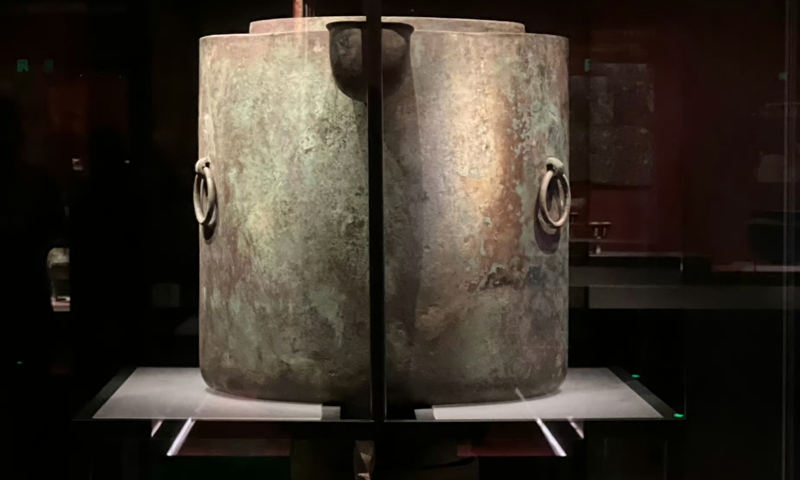
A distiller excavated from the tomb of the Marquis of Haihun, East China’s Jiangxi Province Photo: Sina Weibo
Based on a reconstruction and simulation experiment on the replica of an ancient bronze distillation apparatus, a Chinese research team has recently discovered that the technique of distilled spirit in China had already existed as early as the Western Han Dynasty (206BC-AD25), which has pushed back the origins of China's alcohol distillation technology by around 1,000 years.
Previously, documented on the famous Chinese medical book
Compendium of Materia Medica, also known as
Bencao Gangmu written by Li Shizhen, the renowned pharmacist in the Ming Dynasty (1368-1644), the alcohol distillation technology was recorded as having originated in the Yuan Dynasty (1279-1368).
The discovery was made by a research team from the historical and cultural heritage conservation research center attached to the Zhengzhou University in Central China's Henan Province. The center has made a replica of a distiller excavated from the tomb of the Marquis of Haihun, East China's Jiangxi Province. Made of bronze, the unique distiller was discovered from the tomb'swine storage chamber. It consists of three parts: a main pot known as the "heavenly pot," a cylindrical vessel, and a cauldron.
However, this kind of ancient distiller could be used not just for filtering alcohol, but also for "purifying and distilling cinnabar substances and flower dews," said Yao Zhihui, a researcher at the center. That the possibility of the distiller having been used for "purifying and distilling cinnabar substances and flower dews" can be "ruled out" according to parameters such as the ware's design and the excavation site residue analysis, Yao added.
"Along with (our) experiments of using different raw materials with the replicated device, after gathering sufficient experimental data, we can confirm that this was an early set of equipment for distilling spirits," Yao said. The team's replica device was on a 1:2 scale of the original. The team used raw materials of liquid such as beer and yellow wine for testing the ware's functionality. The results demonstrated that the design reached a "distillation efficiency of over 70 percent," while successfully maintaining the "flavor and alcohol concentration of the spirits," Yao remarked.
One of China's most wellknown Western Han Dynasty archaeological sites, the tomb belonged to Liu He, a dethroned emperor who was later given the title of Marquis of Haihun.
The tomb has yielded an incredible array of artifacts, including gold coins, jade wares and bamboo slips, which have revealed the tomb owner's "life-loving character and his aesthetic taste," archaeologist Wang Meng told the Global Times.
"The new research on the device's alcohol distilling function showcases the ancient Chinese people's exploration of the uses of grains, which is inseparable from China's prosperous agricultural traditions," Wang said.
Global Times




